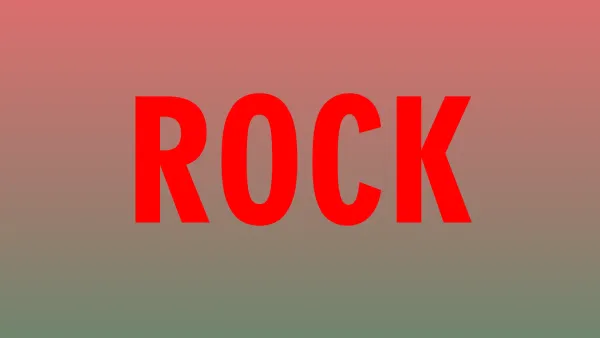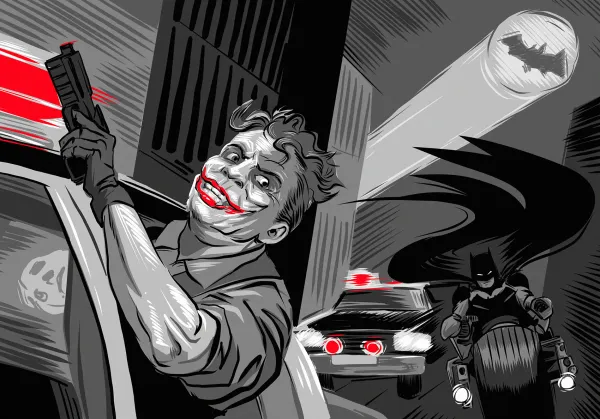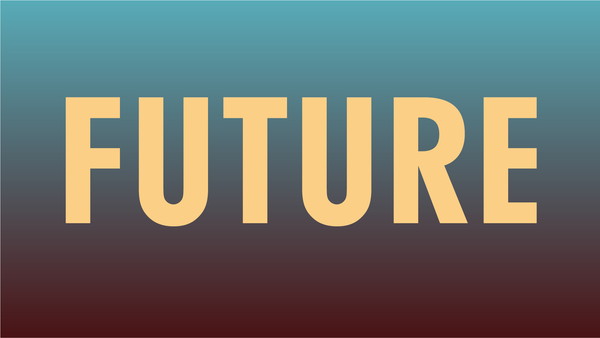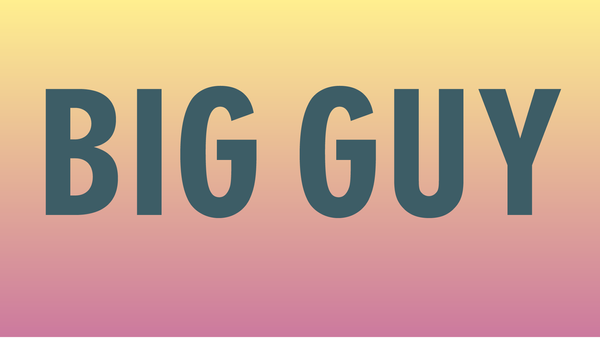EXIT CITY Screen Tests
The EXIT CITY storyline is a big, multi-pronged art problem, so I’m always striving to break it into smaller tasks.
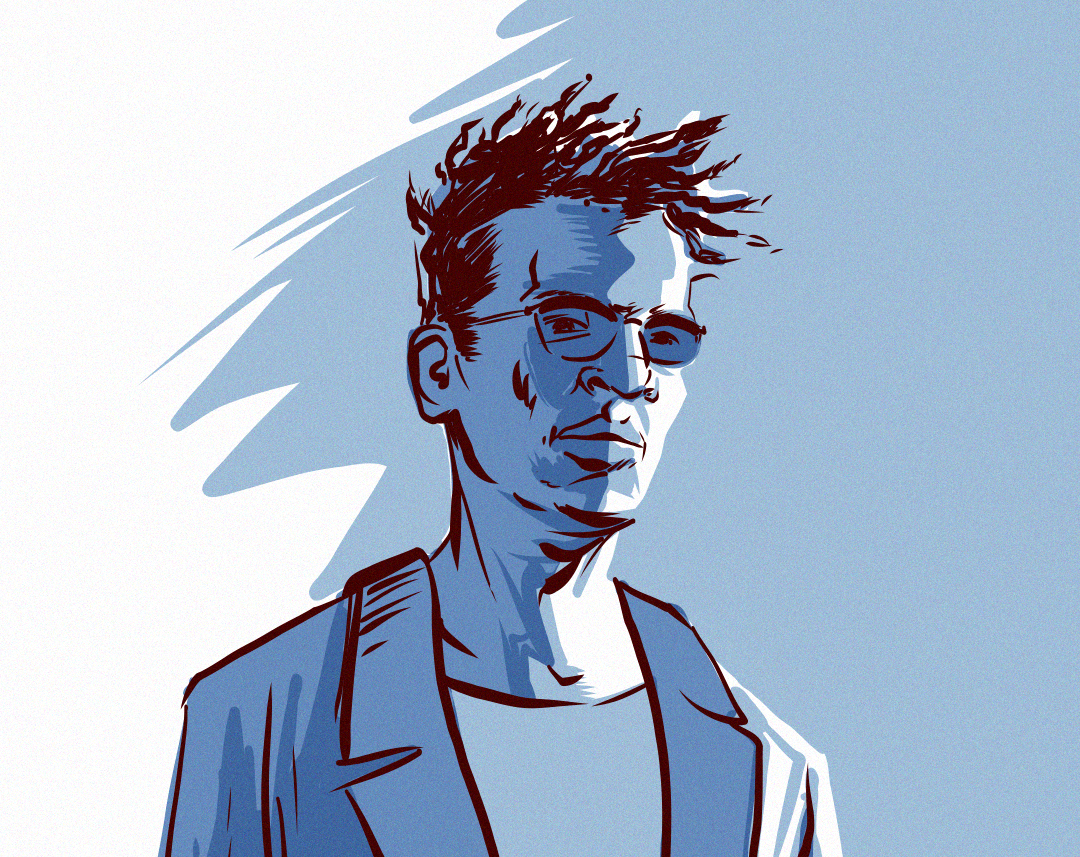
When I’m teaching art, showing students how to break big problems into smaller tasks is a central part of my lesson plans. The EXIT CITY storyline is a big, multi-pronged art problem, so I’m always striving to follow my own advice.
These “screen tests” serve multiple purposes. The first is to address this big problem: who are my characters, and how much drawing do I need suggest them? By looking at character at a time, one drawing at a time, I steadily build a cast.
These tests also continue my exploration of the color and value options available with digital vector drawing.
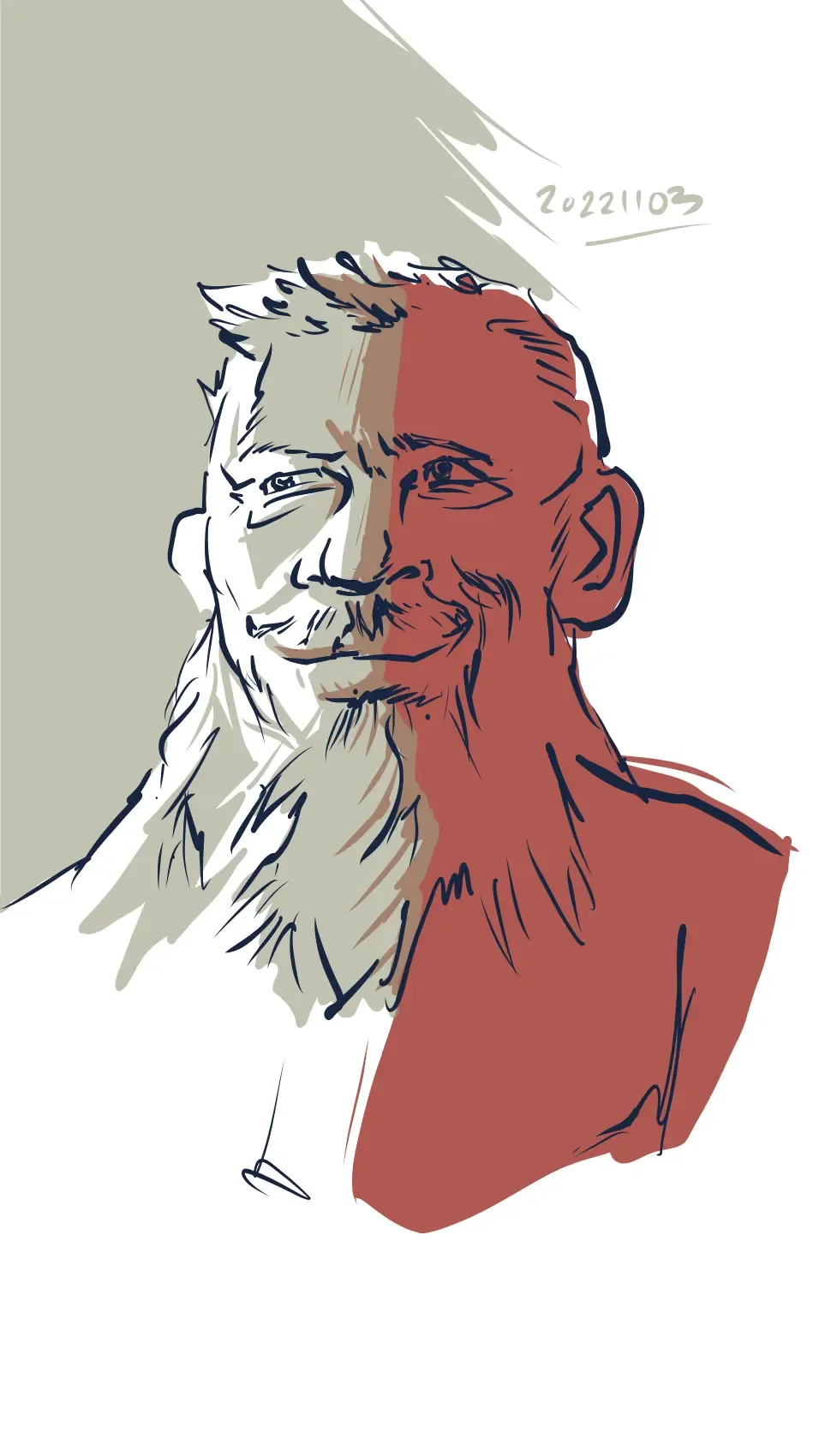
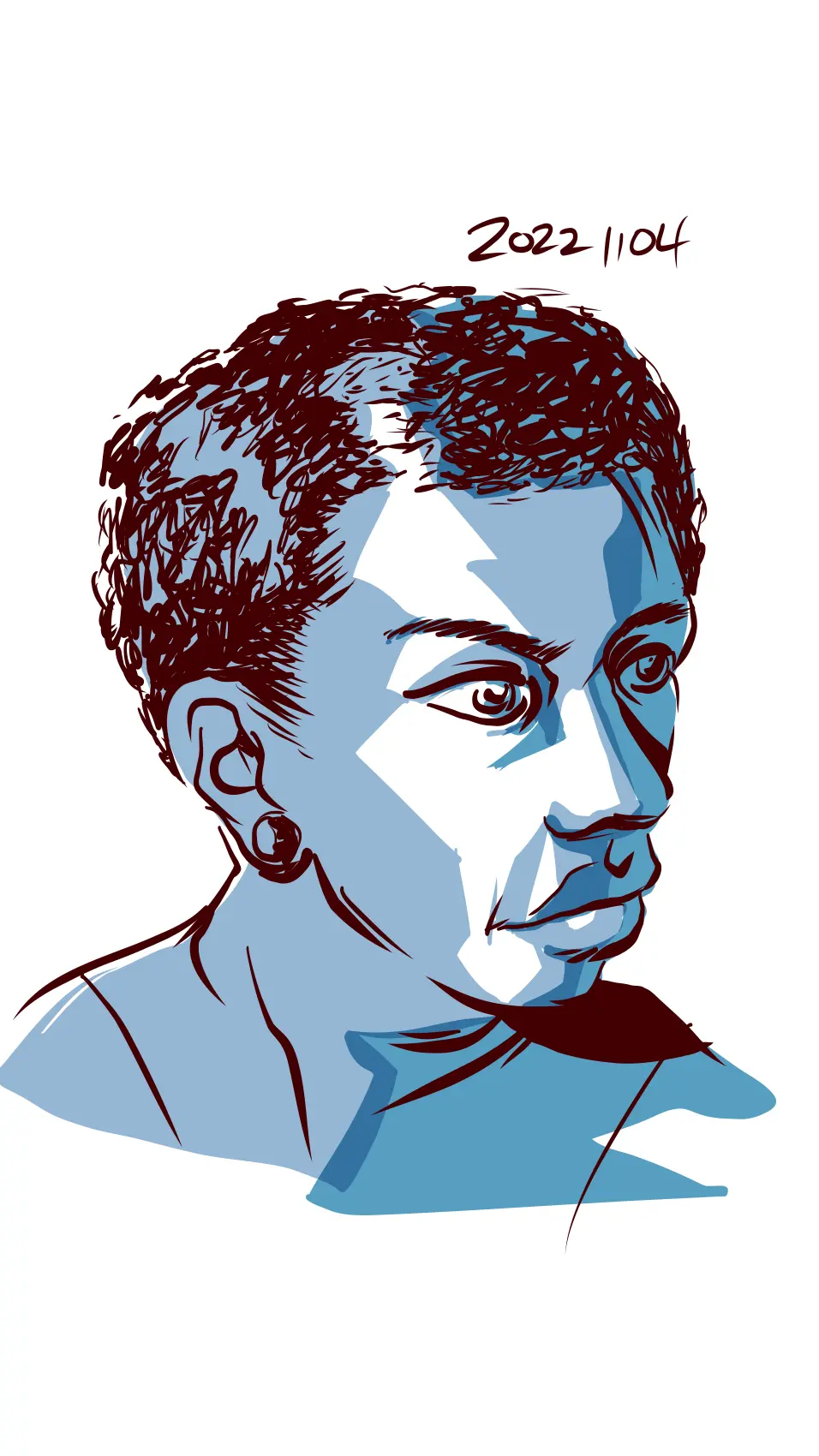
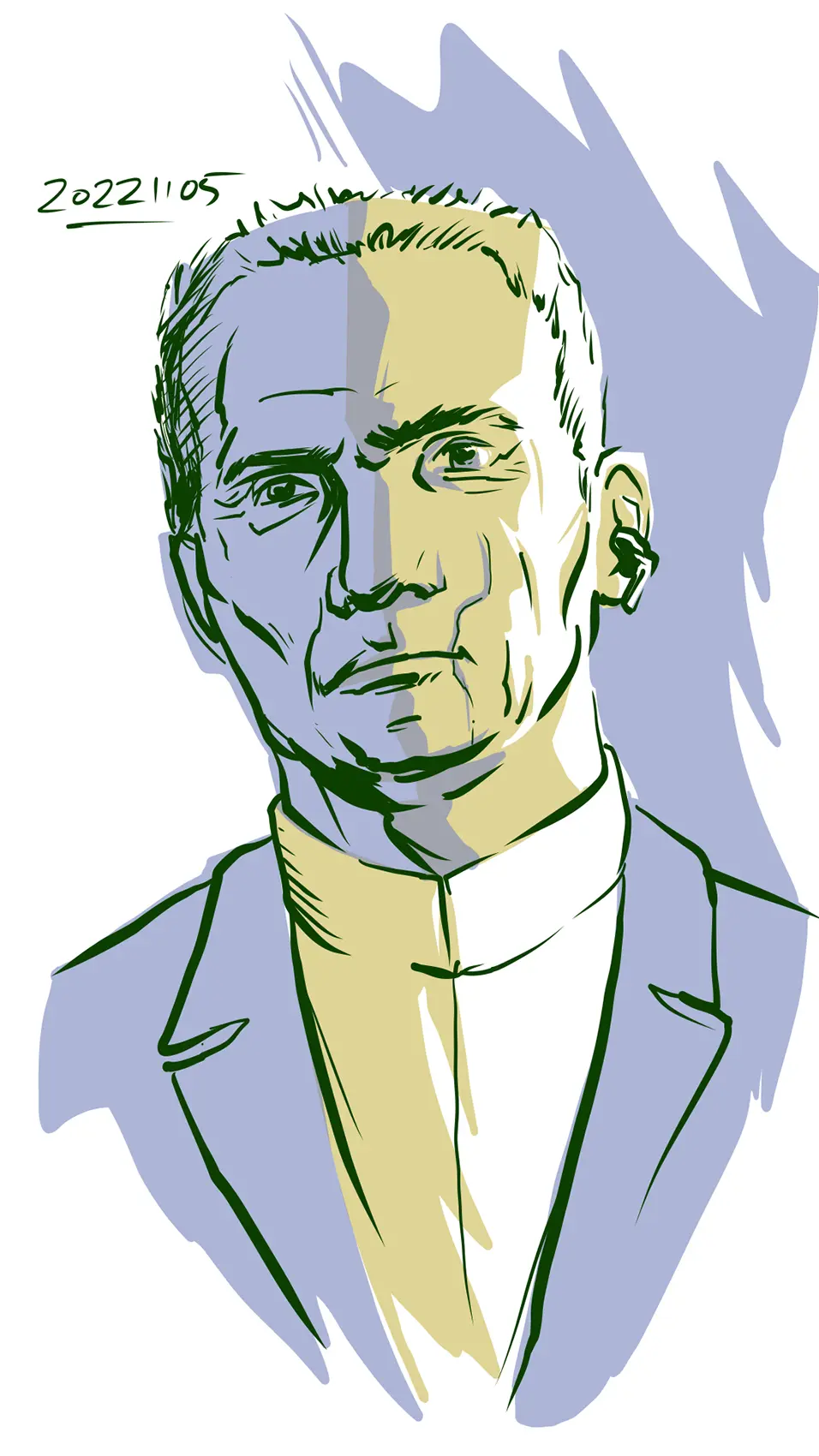
The three tests above all use at least two colors applied transparently, as if each were a piece of colored cellophane. A single color doesn’t completely cover elements placed behind it, and when two colors overlap they create a third color, one that’s usually (but not always) less brilliant.
It’s an effect I’m going to push as I develop the overall color range for EXIT CITY.
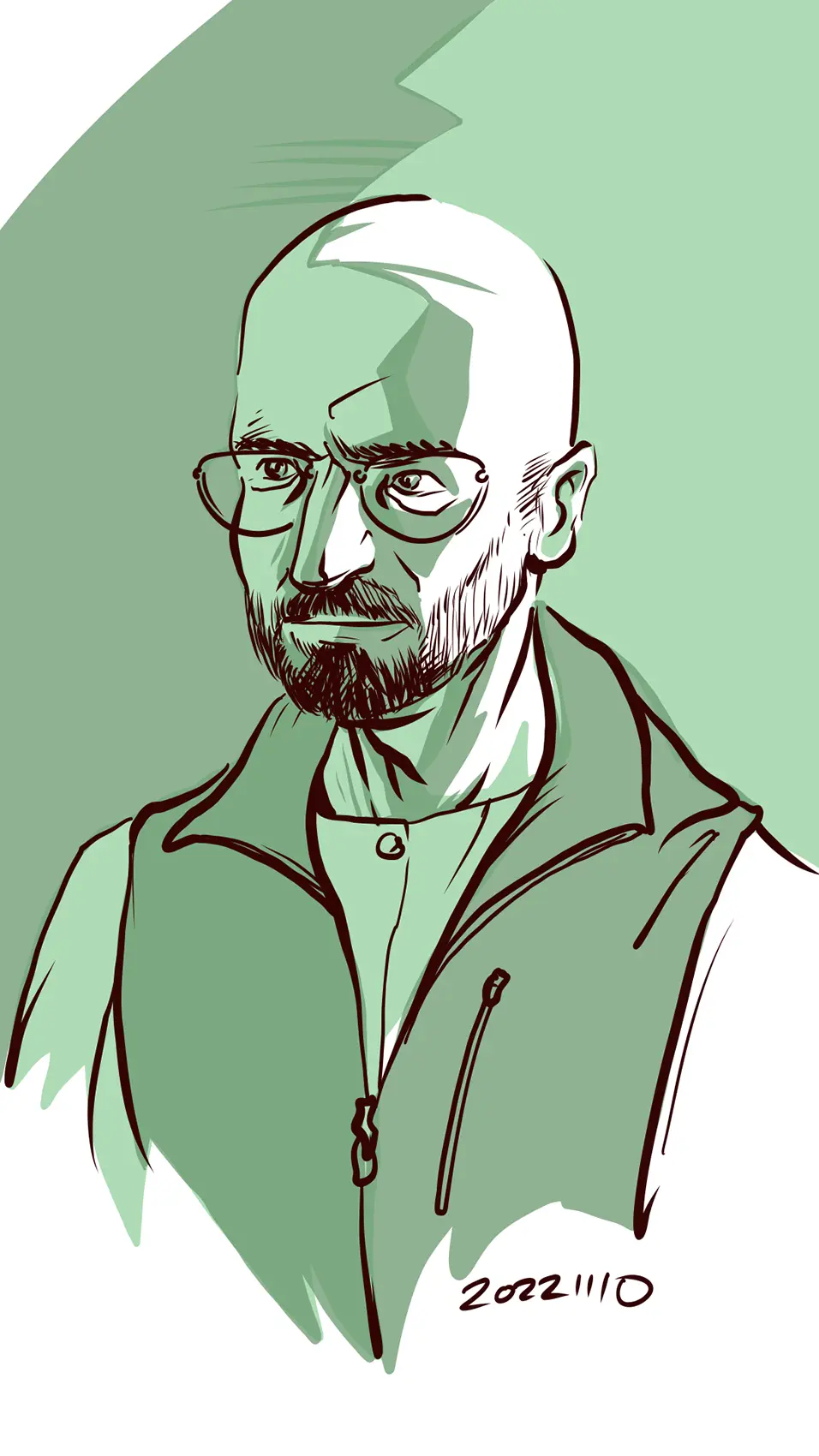
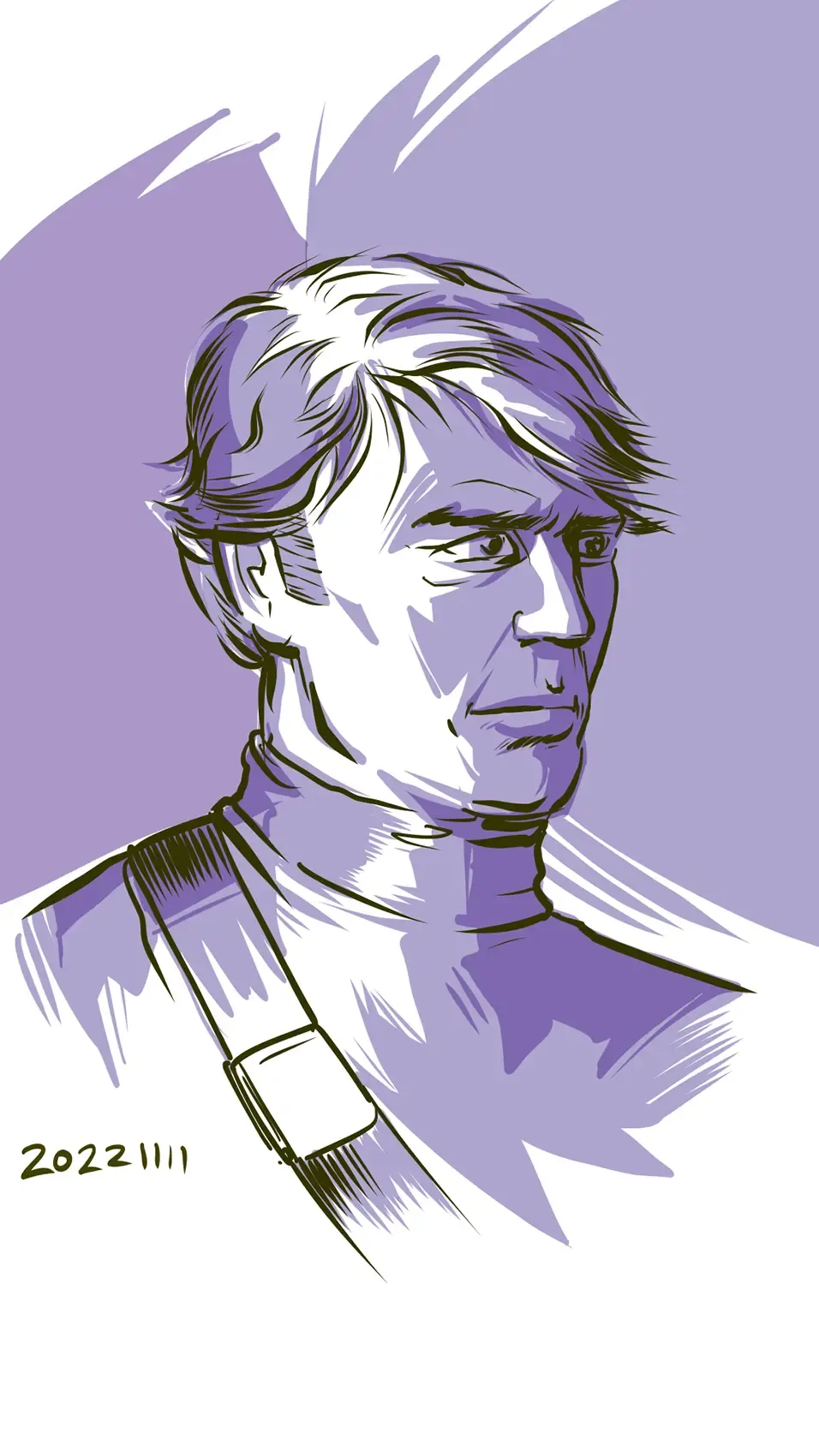
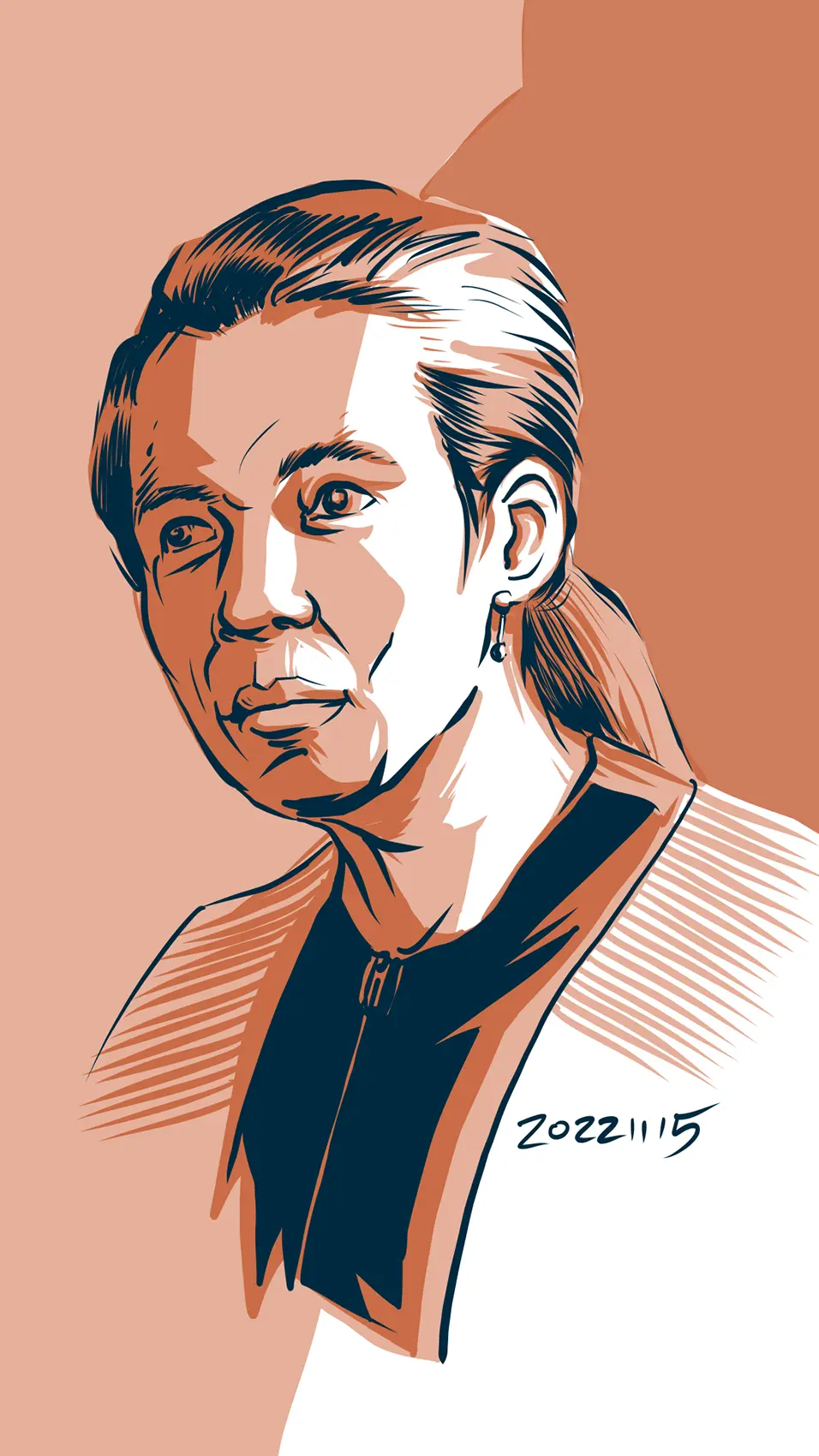
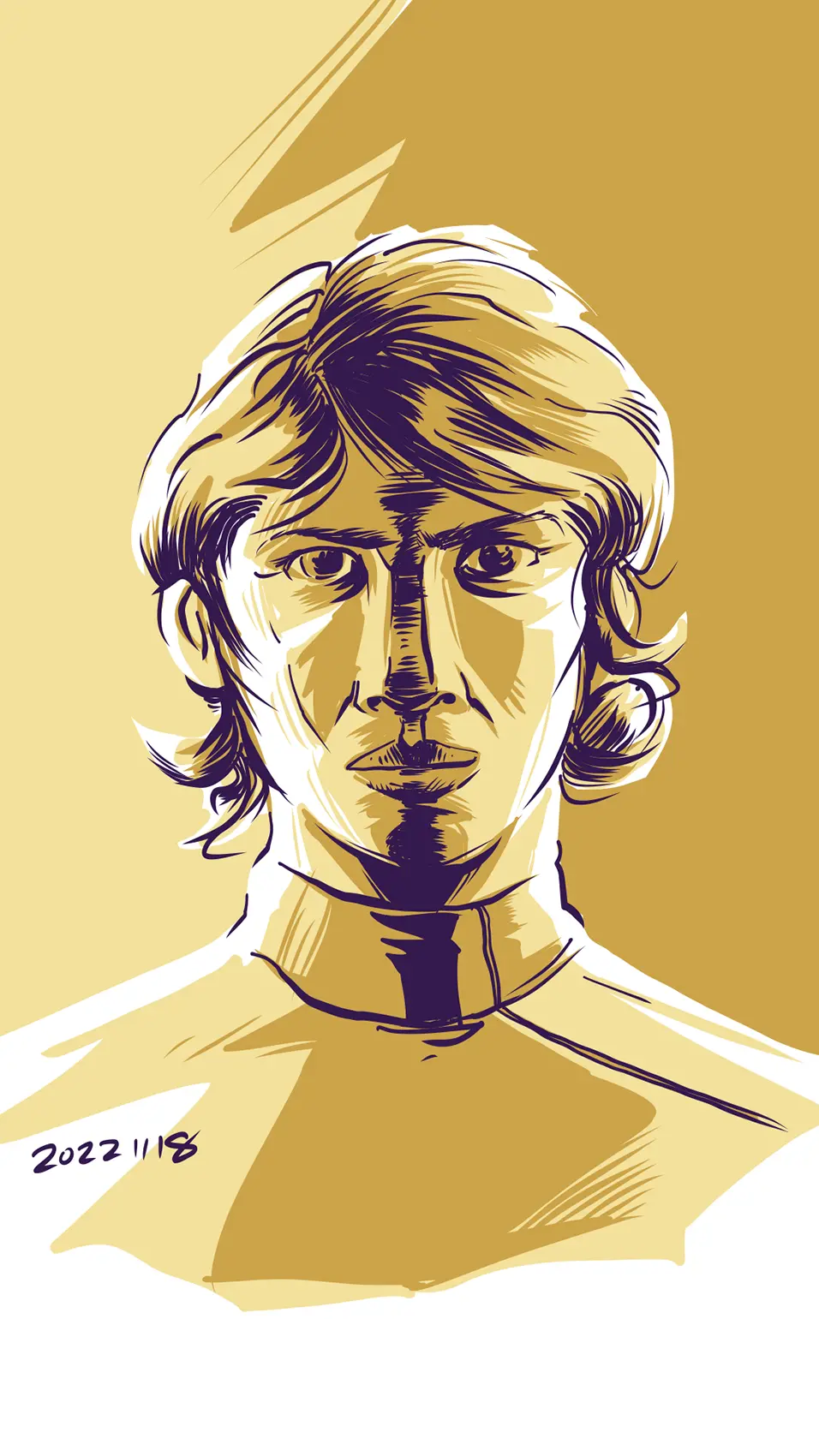
Another very fun thing these “screen tests” do is give form to characters who previously were only floating around in my head. As each one materializes, I get a better sense of who they are and how they will fit into the story. I suspect screenplay writers get a similar thrill (and sense of relief) watching an actor bring their creations to life in auditions and rehearsals.
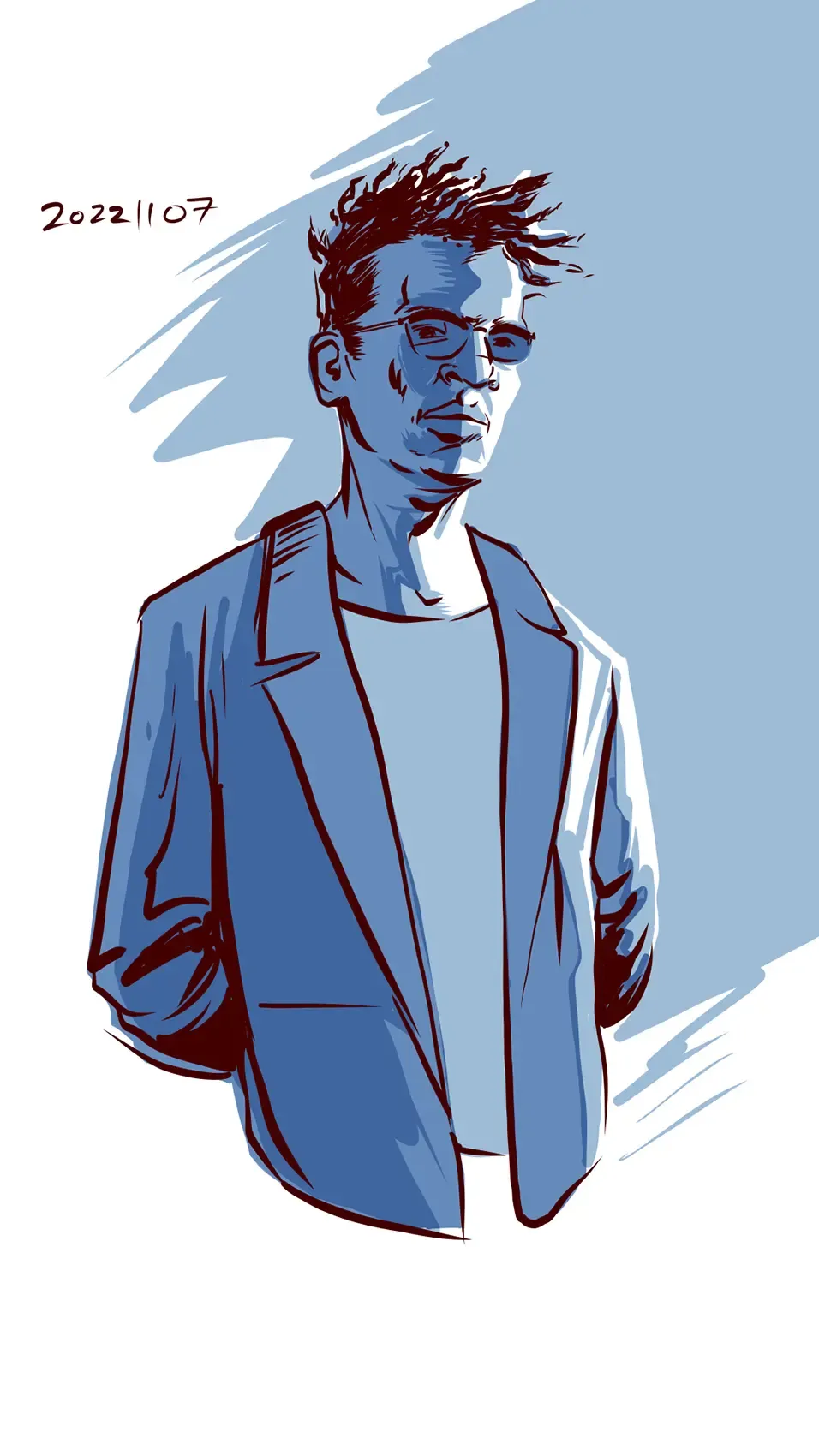
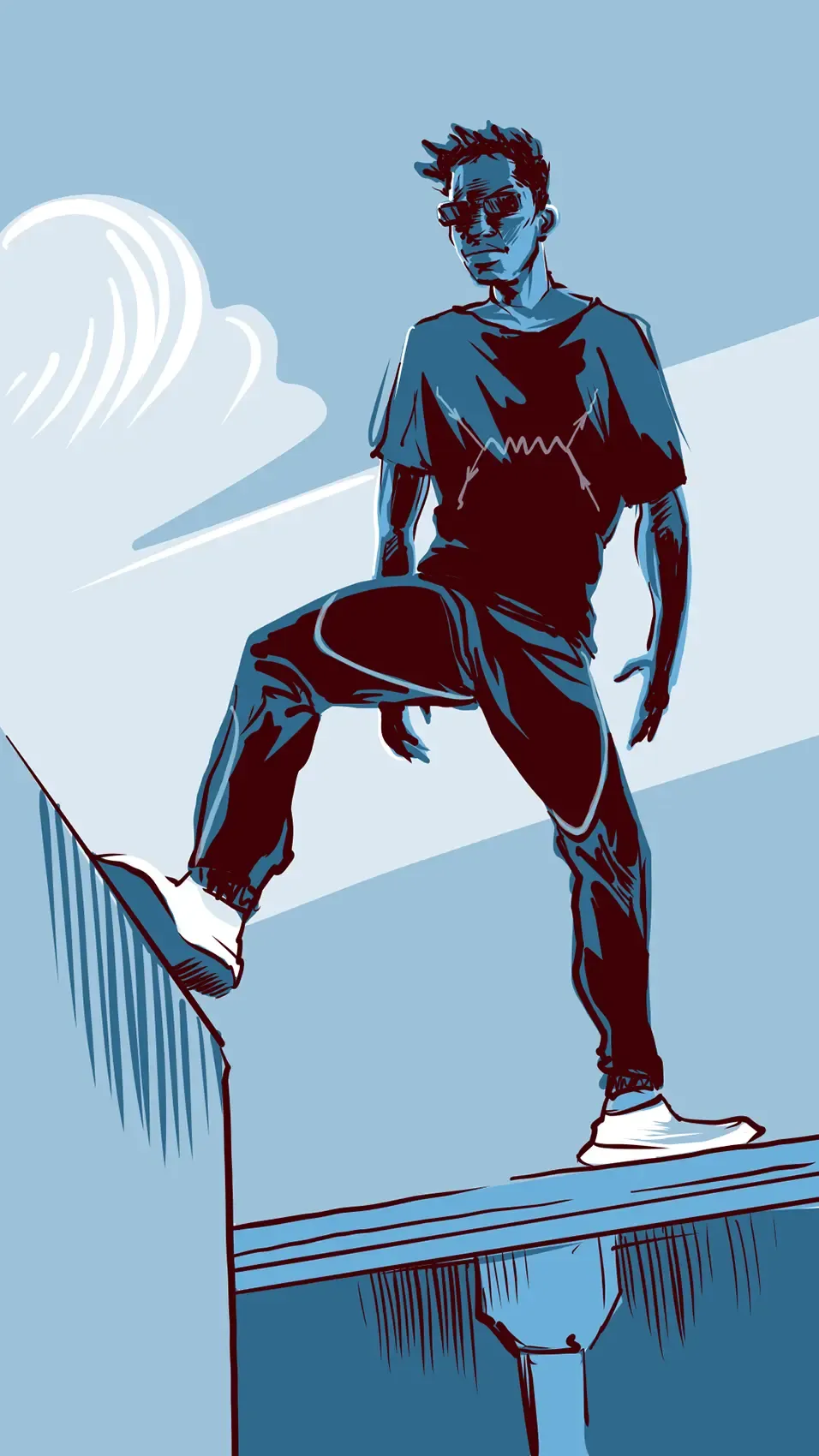
This is especially true for Johnny Joule, a character who I’ve been working on all year. I’ve invented multiple possibilities and directions for him, but they all revolve around his role as a sort of science detective, an outlier for whom “evidence” means more than fragments of a crime. 🔬

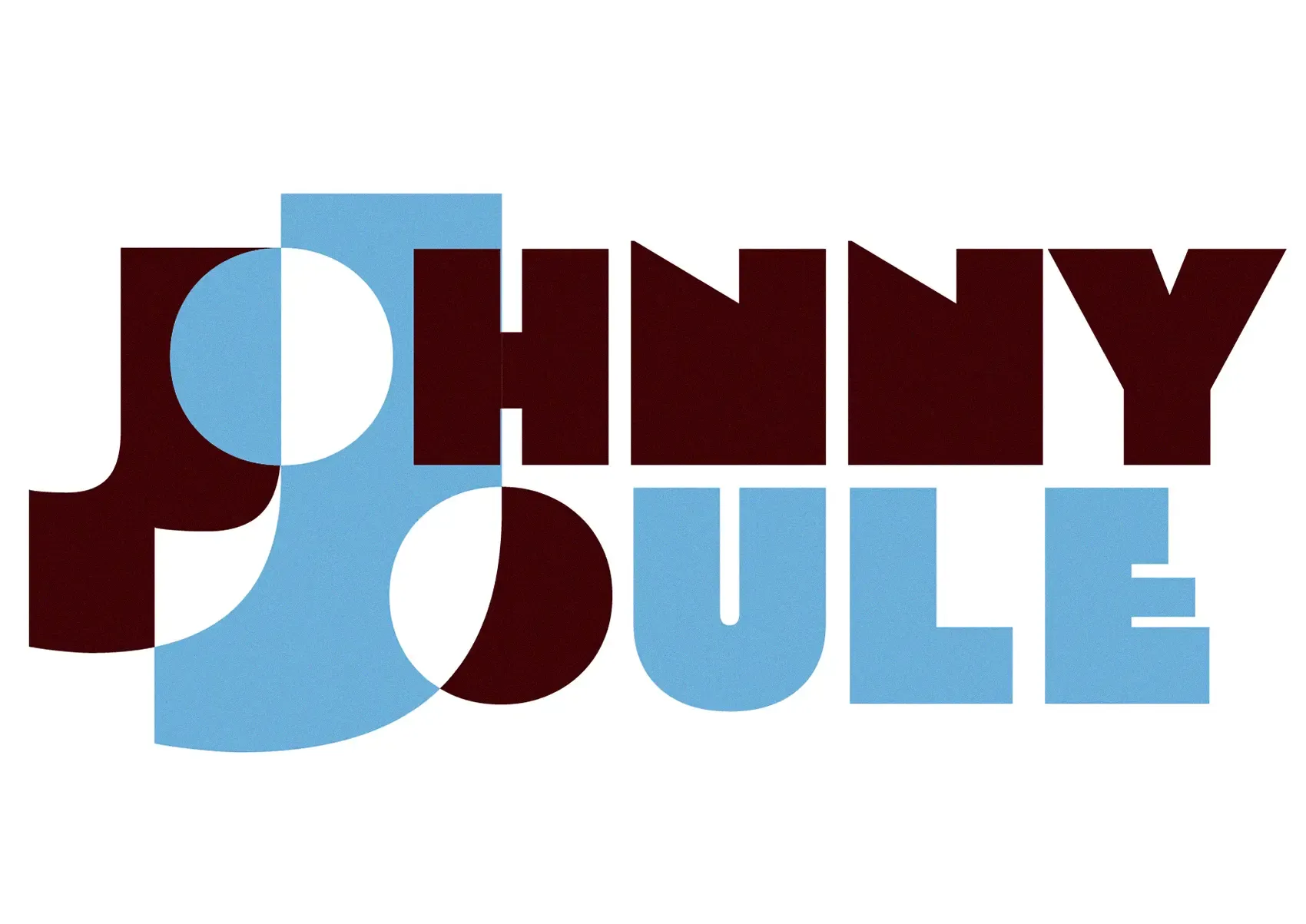
I originally envisioned making a larger series of Johnny Joule “cases” before deciding that there was a bigger tale for him to be a part of (hence his logos, designed over the summer).
But I think he’s enough of a heavy hitter that he deserves the leadoff spot, so EXIT CITY will begin with a prelude: Johnny Joule and the Strange Case of the Strange Case.

